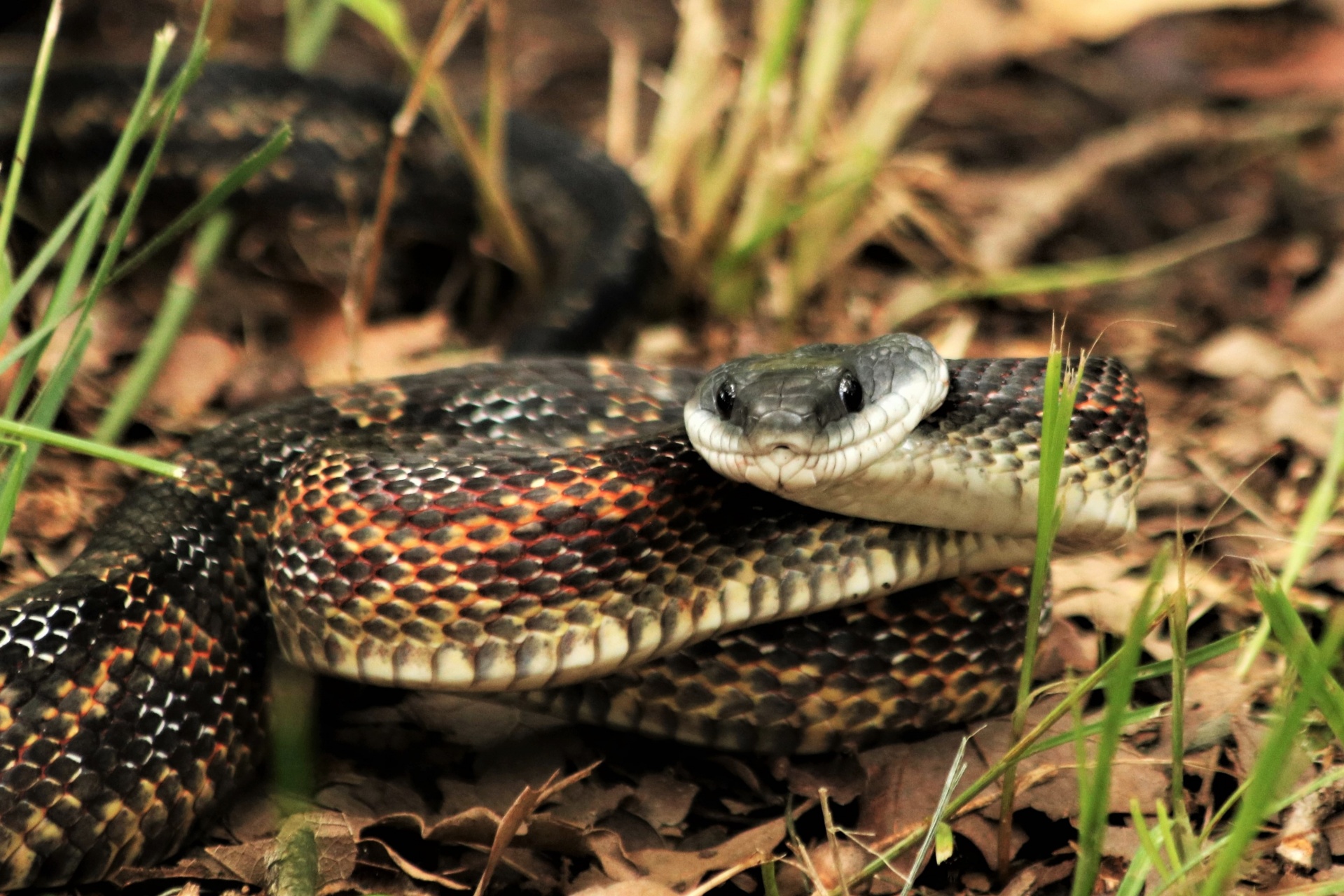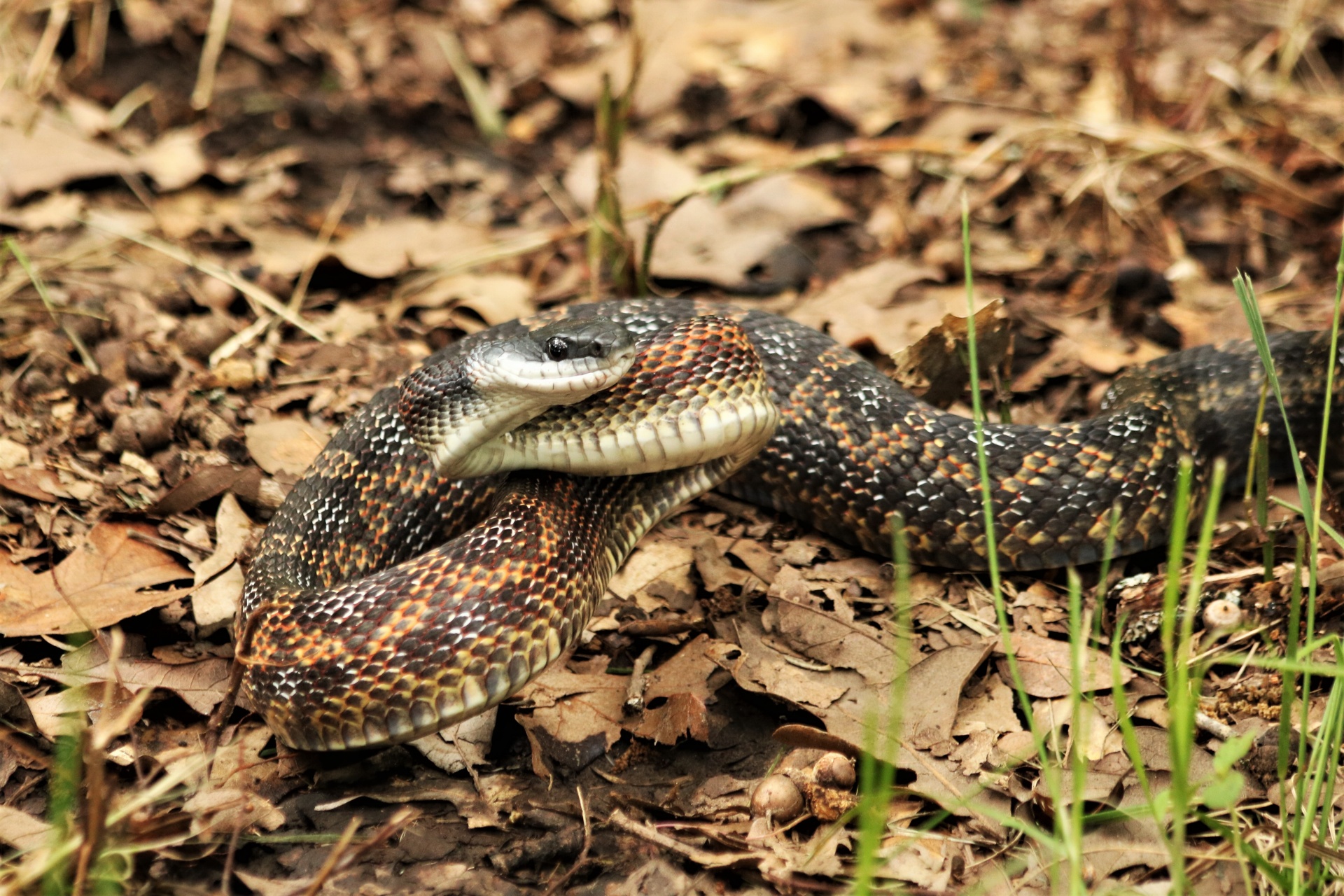The chicken snake, also known as the rat snake, is an intriguing species that has captured the interest of both herpetologists and nature enthusiasts alike. With its distinctive appearance and behavior, the chicken snake plays a vital role in its ecosystem. In this article, we will delve into the characteristics, habitat, behavior, and significance of the chicken snake, providing a comprehensive overview for those interested in learning more about this fascinating reptile.
This article aims to be both informative and engaging, offering valuable insights into the chicken snake’s biology and ecology. By understanding this species, we can appreciate its role in the environment and the importance of conservation efforts to protect its habitats. Join us as we explore the world of the chicken snake and uncover the secrets it holds.
Whether you are a seasoned herpetologist or simply curious about wildlife, this article will provide you with the information you need. We will also discuss the risks and benefits of human interaction with chicken snakes, emphasizing the need for a respectful coexistence. Let’s embark on this journey to better understand the chicken snake!
Table of Contents
Biography of the Chicken Snake
The chicken snake, or rat snake (Pantherophis obsoletus), is a non-venomous species of snake found primarily in North America. It is popularly known for its ability to climb trees and hunt birds, particularly chickens, which has earned it its name.
| Common Name | Chicken Snake |
|---|---|
| Scientific Name | Pantherophis obsoletus |
| Family | Colubridae |
| Habitat | Woodlands, fields, and agricultural areas |
| Diet | Rodents, birds, and eggs |
| Size | 3 to 6 feet long |
| Conservation Status | Least Concern |
Physical Characteristics
Chicken snakes are known for their striking appearance, which can vary depending on their geographic location. Here are some of their key physical characteristics:
- Coloration: They typically have a base color of yellow, tan, or gray, with dark brown or black blotches.
- Scales: Their scales are smooth and glossy, aiding in their climbing abilities.
- Size: Adult chicken snakes can range from 3 to 6 feet in length, with some individuals reaching even longer lengths.
- Eyes: They have large, round eyes that provide excellent vision, especially at dawn and dusk.
Habitat and Distribution
Chicken snakes are highly adaptable and can be found in a variety of habitats. They thrive in:
- Forested areas
- Open fields
- Agricultural land
- Near human settlements
Their distribution primarily spans across the eastern and central United States, extending into parts of Canada and Mexico. They are often found in areas with ample cover and climbing opportunities, such as trees and shrubs.
Behavior and Diet
Chicken snakes are primarily diurnal, meaning they are most active during the day. They exhibit fascinating behaviors, including:
- Climbing: Chicken snakes are excellent climbers, often found in trees searching for bird nests.
- Hunting: They employ a strategy of ambush to capture their prey, which mainly consists of:
- Rodents
- Birds
- Eggs
Chicken snakes play a crucial role in controlling rodent populations, making them beneficial to agricultural settings.
Reproduction
Chicken snakes typically mate in the spring, following their winter hibernation. Female chicken snakes lay clutches of 10 to 30 eggs, depending on their size and health. The eggs are laid in warm, moist environments, such as decaying vegetation, where they can incubate for about 60 to 70 days. Once the eggs hatch, the young snakes are independent and must fend for themselves immediately.
Conservation Status
According to the IUCN Red List, the chicken snake is classified as "Least Concern." However, habitat loss and human encroachment pose threats to their population. Conservation efforts are essential to ensure their habitats are preserved and that they remain a vital part of the ecosystem.
Human Interaction
While chicken snakes are generally non-aggressive, they can be misunderstood by humans. Here are some points to consider regarding human interaction:
- Misconceptions: Many people fear chicken snakes due to their resemblance to venomous species.
- Benefits: They help control pest populations, making them valuable in agricultural areas.
- Coexistence: It is essential for communities to learn to coexist with chicken snakes, promoting awareness and conservation efforts.
Conclusion
The chicken snake is an intriguing and beneficial species that plays a crucial role in its ecosystem. By understanding its characteristics, habits, and the importance of conservation, we can foster a greater appreciation for this unique reptile. We encourage readers to share their thoughts and experiences with chicken snakes in the comments below, and to explore more articles on wildlife conservation.
Thank you for joining us on this exploration of the chicken snake. We hope this article has provided you with valuable insights and inspired a deeper interest in the natural world. We invite you to return for more informative content and updates on wildlife and conservation.
Article Recommendations



ncG1vNJzZmibkafBprjMmqmknaSeu6h6zqueaKWVo8GwvtJmmKecXae8rbGMpqadnZyofKS0yJyinqZdqLuit8Rnn62lnA%3D%3D